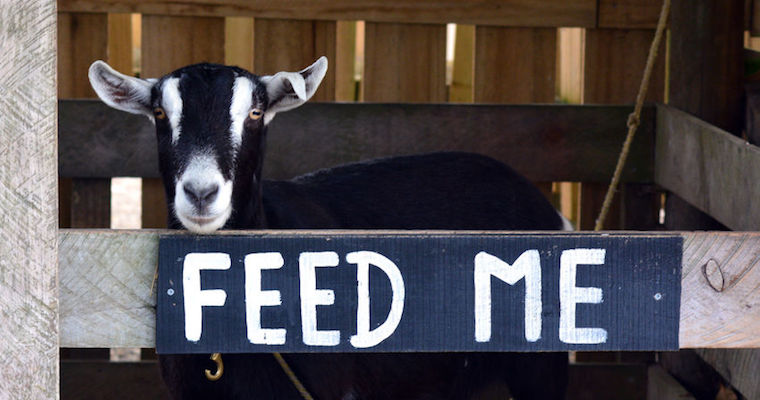
The Chief Product Officer vs. the Chief Technology Officer
Products matter. And that is why more and more companies are adding executives who are specifically focused on those products and the technology needed to ensure customer love. But as we keep adding leaders to the executive suite, there is naturally more overlap in duties. More role confusion too. So, it is worth taking a look at the difference between two related but distinct positions: Chief Product Officer (CPO) and Chief Technology Officer (CTO).
The CPO and CTO share the same goal as most executives do — to build and deliver the best possible outcomes for customers and for the company.
These leaders are critical to the product’s success and work closely. This is because both play a central role in helping the organization pursue and achieve a Complete Product Experience (CPE) — the comprehensive relationship customers share with your product.
You will typically find that more established companies invest in both roles. However, in emerging companies, the CTO may have complete responsibility for leading efforts to design, develop, and build a great product.
As the company grows — either organically or through acquisitions — company leaders often bring on a CPO to handle the increased complexity that comes with, for example, having multiple product lines and a diverse set of customers.
In companies where both roles exist, it is easy to see why there can be confusion as to who is responsible for what.
So, it is helpful to examine and define the specific responsibilities to set meaningful boundaries between the positions. This helps avoid unnecessary overlap and increases efficiency. It also improves collaboration between the two broader organizations.
Here are four areas of similarity between CPOs and CTOs — and how the roles differ:
Strategy The CPO is responsible for the “why” of the product — the strategic approach to what will be built. The CPO makes sure the product direction is serving the overall company vision and adjusts as necessary to changing conditions. Tactically, the product team owns building and sharing the roadmap. The product plan explains to the organization why they are building the product, what features and requirements are included, and when phases and tasks are due.
The CTO is responsible for the “how” of the product — the strategic approach to development and delivery. The CTO determines how the team will use technology to improve products and services. Tactically, this work includes cost-benefit and return-on-investment analyses to figure out which platforms and solutions have the best chance of paying off.
Innovation The CPO studies customers and the market and looks for what direction the product can and should take in the future. This does not mean pushing for whatever is technologically possible. It means honoring the product vision and strategy while considering new approaches to delivering value to customers. The end goal remains to be building a better customer experience and helping the product teams truly enjoy what they do.
The CTO studies technology solutions to make recommendations for enterprise architecture and how work should best get done. The point is not to invest in emerging technology because it is newer than what is currently being used. It is to improve the product’s ability to solve real problems for customers and enhance the team’s ability to execute against their commitments. This is the CTO’s guiding principle when it comes to exploring new technologies and approaches.
Customers The CPO has a thorough understanding of customer desires and behaviors because they spend a lot of time with them and the people internally who serve them (e.g. sales and support teams). They represent the customer internally, communicating learning through research and analysis, sharing insights with internal partners such as marketing and sales leaders, and encouraging the product team to talk directly with customers.
The CTO must understand the customer too — although they often rely on the CPO’s research and learnings. The CTO must also apply their technical know-how to ensure technology applications reflect the way customers want to interact with the product.
Metrics The CPO looks at metrics from a product experience standpoint. They track a wide variety of product KPIs to measure how well the company is doing delivering a CPE, such as revenue and customer growth, engagement, and retention. They also look internally to track progress against the product plan and team goals. And at a strategic level, they often must look across product lines and portfolios at how well many products are tracking towards the overall vision.
The CTO looks at metrics from a product performance standpoint. They want to know how well the product does what it is supposed to do. They also want to look at customer interactions with the product to understand how it is being used. Internally, the best CTOs keep track of metrics such as team velocity, product defects, and cycle time to improve the development process.
The CPO and the CTO have the biggest impact when they work well together.
While both the Chief Product Officer and the Chief Technology Officer are focused on better serving the customer, the CPO owns the why, what, and when while the CTO stays in charge of the how.
How have you seen CPOs and CTOs work together?
Build product like you always wanted. See for yourself — start a free 30-day trial.




